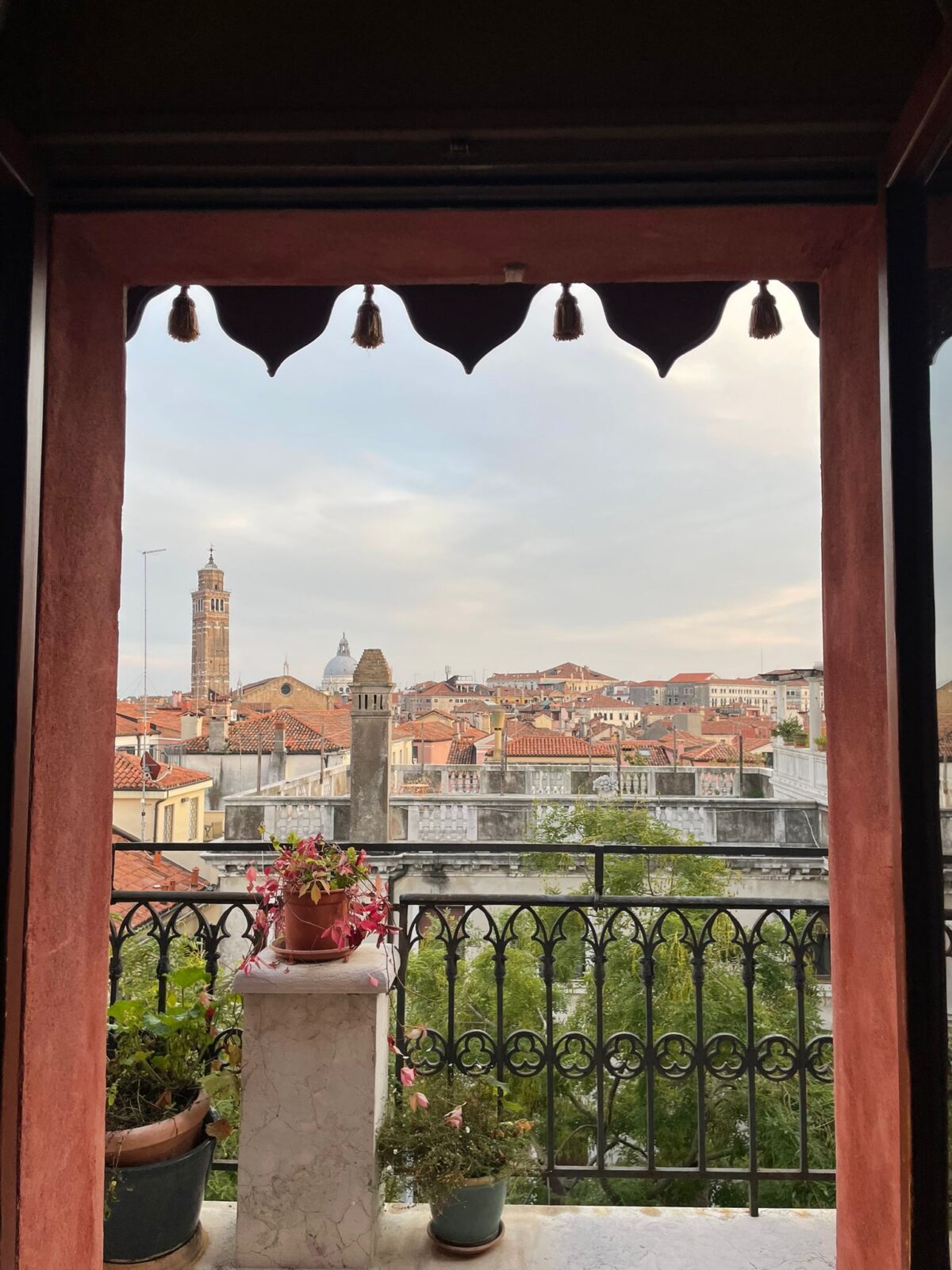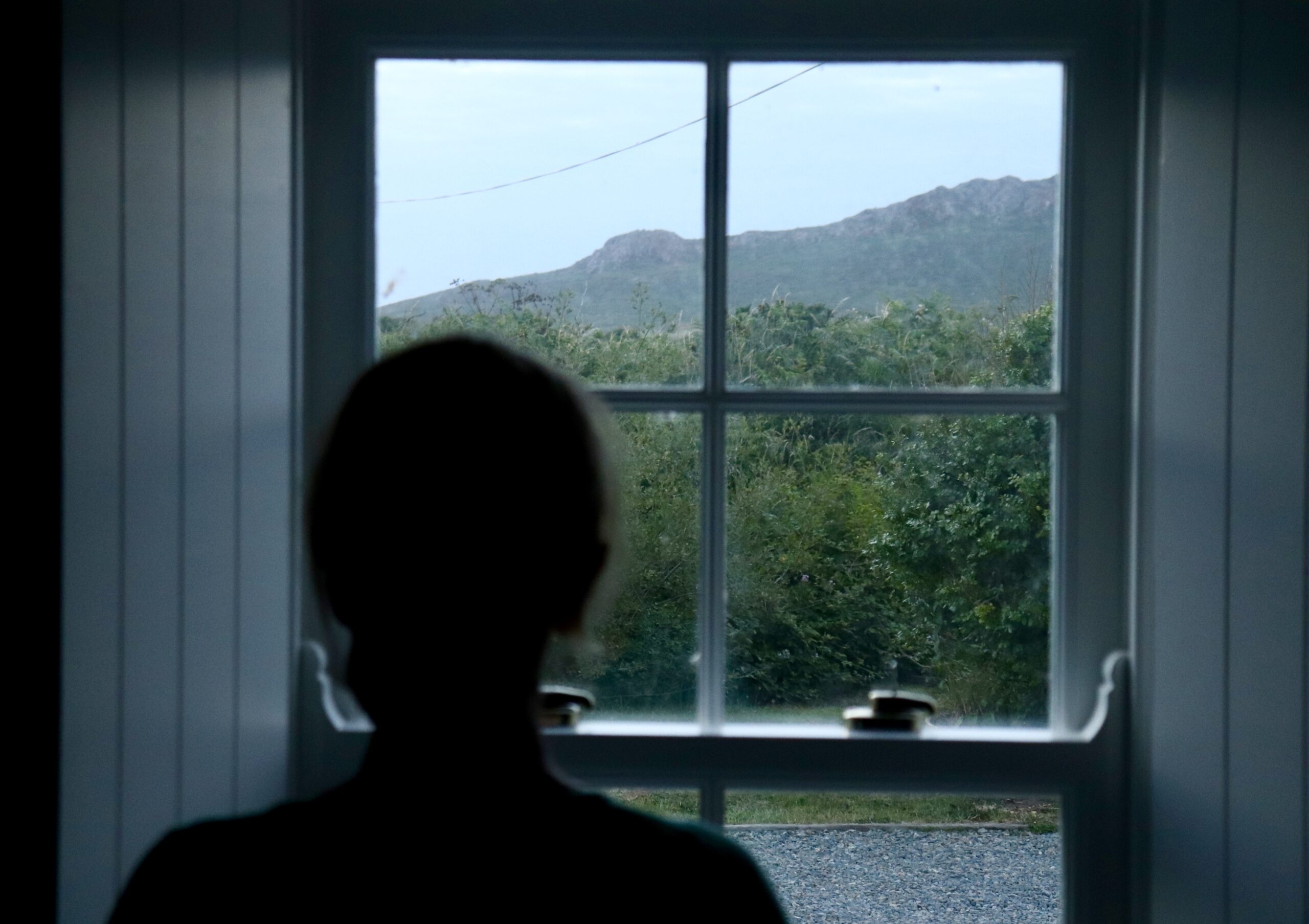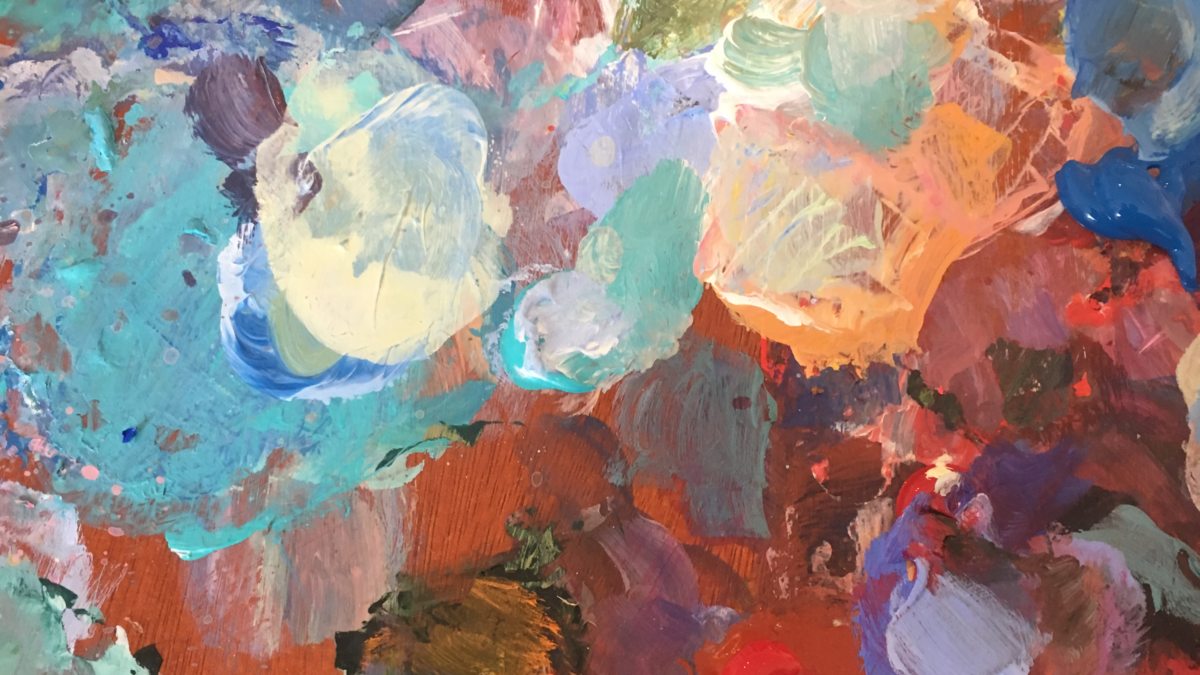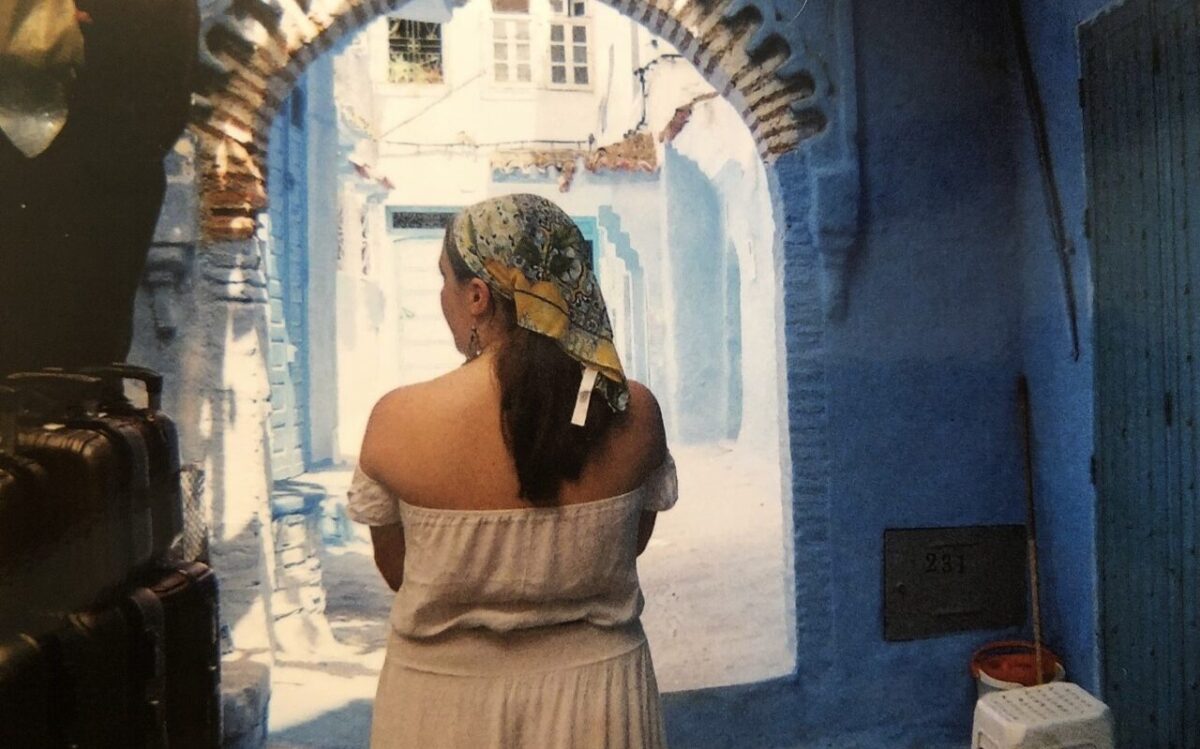By Emma Large.
“‘Who was that charming Southern girl in the Homer class?’”
– Paul McGloin to Prof. Claude Fredericks, “The Secret Oral History of Bennington: The 1980s’ Most Decadent College”, Laura Anolik, 2019.
“I called my mother and said, ‘I’ve been caricatured in a book, and my character gets killed.’ And she said, ‘No, no. No one would ever kill you, not even in print, no.’ Then she read the book and said, ‘That’s you all right.’”
– Matt Jacobsen, “The Secret Oral History of Bennington: The 1980s’ Most Decadent College”, Laura Anolik, 2019.
In the cool crescent of a Vermont lawn, a girl and a boy sit smoking the ends of their cigarettes. The girl wears a long grey coat and sits upright against the shallow slope, with her legs laid out in front of her. Her feet, with the weight of her enormous, burnished loafers, fall lopsided; she mechanically adjusts them straight. The boy runs his finger down the spine of an umbrella. Their dark hair is cinched by equivalent pairs of large, rotund glasses, and to the unfamiliar eye, they appear almost like siblings. Behind them, in the near-past, the ghostly shapes of dancers, art collectors, composers, vocalists, writers, trail onto the college building’s rickety balustrade – white, matchstick-pillared, vaguely ecclesiastical – the all-American Parthenon for the eccentric academic.
The oval-eyed girl looks briefly at her companion. Her dark hair, at this moment, is longer that it will be again; it curls childishly, sweetly, over her forehead and under her ears. The starry expression of her face is indecipherable, her whimsy countenance is razored to an erudite blade. I like to think that, in this moment, she is plotting a murder.
A fictional one, of course, but a murder, nonetheless. And in speculation, perhaps, the literary murder of a schoolmate at Bennington College – one of the most profligate (in all the senses of art, success, and drugs) and notoriously wealthy colleges at the time in the United States.
The boy meets her glance: he has his own novels to plot. They will be friends, fleetingly and excessively, until he tires of Bennington’s extremes and drops out in that first winter of ’82.
In Jonathon Lethem’s place, the girl unearths a new crowd. She needles her way into the male friendships of her boyfriend, Paul’s, isolated social circle: the senior Classics clique, a trio of Oxford-aspiring scholars in hefty woollen coats and ties. The girl adopts box blazers and slack, masculine clothes, shears her dark locks to a sleek bob. It is here, hair now severed to her ears, that she may have witnessed Todd O’Neal’s particular admiration for their charming, polyglot Greek professor, Claude Fredericks – here, that she may have overheard Matt Jacobsen’s exaggerated expressions and observed his money “sponging” habits.
Rumours buzz about the tiny girl who has so infiltrated the elusive Classics circle, her dark, quick exterior serving to deepen her impenetrability. Always impeccable, she is known to smoke using a cigarette holder, and to host tea parties in her dorm room. Her air of secrecy riles gossip to its extreme. She is shy, and talks very little, so there is always more to know. When she does speak, the class falls quiet to listen to the blurred twist of her Southern voice, its trip so slightly eased by her startlingly English pronunciation; a sound that hollows out, as decadent and old as a Southern Antiquity.
In the first year of her time there, she exchanges manuscripts via mailbox with an affected, broad-shouldered man, who is provocative even in his youth. She reads the initial drafts of Less than Zero and American Psycho. Years later, when American Psycho is published, Bret Easton Ellis asks her what she thought of it: she extends nothing but a grimaced smile.
In turn, he reads the beginnings of The Secret History, a novel that, eight years on, will catapult its author and her Bennington friends into the public eye and into literary fame. It will transmute their time at the college into a scene of international investigation – propelled by a collective craving for mystery, and a desire to make biographical sense of a novel that is at once disturbingly strange and utterly recognisable.
Trawling through interview after interview of the Bennington cohort sheds light on how Donna Tartt may have mythologised her reality into her novels. It is certainly baffling that Tartt, Ellis, and Lethem were delivered from the very same ’86 ceremony (Lethem there because his girlfriend was graduating, himself a drop-out) and into the world to write extensively about murder. But retracing Tartt’s history reveals, more interestingly, a case-study of self-creation through writing – the formation of an identity and a novel in one generative sweep.
Rarely do writers appear so congruent with their writing in the way that Tartt does; this is, perhaps, why she is a figure of so much public intrigue. Her quality of fantasy and elusiveness feeds into her narratives, in which knowledge is continually fended away from the reader. In The Secret History, Richard Papen’s confusion is ours – we are rendered equally oblivious and uncertain about the strange college terrain that he navigates. The reader of The Little Friend is trapped in what is essentially a children’s comic; a vicious murder is enmeshed in a child’s detective plot. Tartt crafts mystery in frameworks that her reader must constantly call into doubt; I think of Tartt, the quiet campus enigma, causing riotous speculation with her androgynous exterior and her silence.
Ellis calls Tartt “bracketed by etiquette”. In the same way, her structured prose keeps its decorum while narratives of horror press up against it like hot, sweltering breath against a windowpane. It doesn’t crumble under emotion, or violence. We feel the heat of its awfulness, but Tartt doesn’t allow its physical body to be unleashed. Her friendly colloquialisms are offset by the refined, mineralised gems of her description, holding us at once emotionally vulnerable and in rapture of her imagery; I think of Tartt, fitted in a tailored suit, speaking in a soft, indefinite tone at a tea party, her mouth contorted with politeness when addressing the question of Ellis’s American Psycho to his face, a picture of Southern propriety.
I don’t know if Tartt’s novels are extensions of herself, or she an extension of her novels. Perhaps, her persona was first cultivated in Claude’s Greek class, or standing on the Commons Lawn, with Bennington at the wood’s edge like a white canine surfacing from burred, mudded gums. Or maybe, I think, she was drawn from her own storytelling – a person become through her writing, the very first of her literary, aesthetic creations. An image from a Seamus Heaney poem, The Grauballe Man, swirls in my mind:
“… he lies
on a pillow of turf
and seems to weep
the black river of himself.”
The “black river” of Tartt pours out into her books, and they feed back, symbiotically, into who she is. Perhaps this is why her novels take her decades to write. What is evident is that the preppy, curly-haired Mississippi transfer student who arrived at Bennington in ’82 was not the author of the stories that were to come. Somewhere, between a haircut or writing the first few notes of The Secret History, Tartt became herself, and the boundary between man and myth became indistinct.
Interview Source: “The Secret Oral History of Bennington: The 1980s’ Most Decadent College”, Laura Anolik, 2019.














